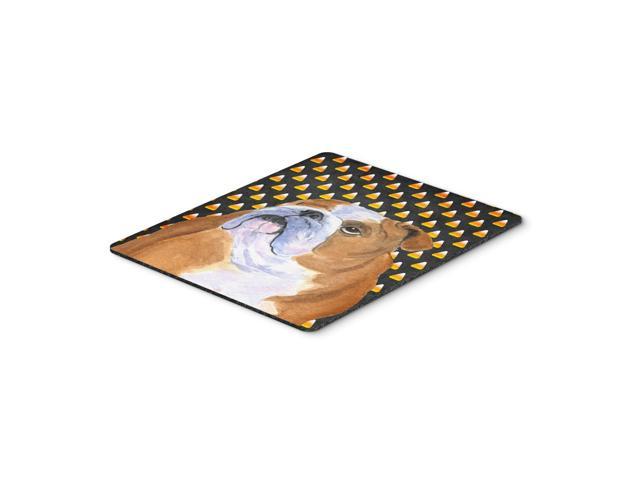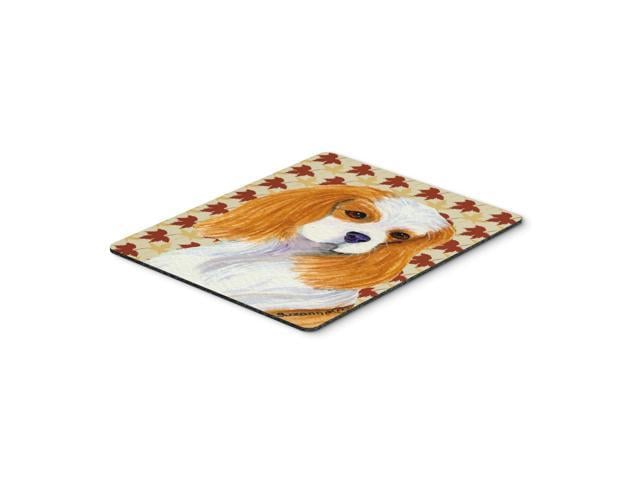Excerpt from Special Report on the Cause and Prevention of Swine Plague: Results of Experiments Conducted Under the Direction of Dr. D. E. Salmon, Chief of the Bureau of Animal Industry
From No. 2: The spleen, blood, and pleural cavity each contained swine-plague bacteria.
Sections of the lung tissue of No.2, hardened in alcohol, showed large numbers of swine-plague bacteria in the alveoli.
With swine-plague bacteria from the pleural tube cultures of pig N o. 2 a considerable number of inoculations were made upon smaller ani mals to determine their pathogenic power as compared with the swine plague bacteria already found. The inoculations were made by inject in g definite quantities of bouillon cultures which had been inoculated from single colonies on gelatine plates.
One mouse, one-eighth cubic centimetre subcutaneously, dies in 48 hours.
One mouse, three-sixteenths cubic centimetre subcutaneously, dies in 24 hours.
One mouse, one-twelfth cubic centimetre subcutaneously, dies in 2 days.
One mouse, one-twelfth cubic centimetre subcutaneously, dies in 6 days.
In these animals there were no marked lesions. In some the bacteria injected were present in large numbers in the various organs; in others they were very scarce.
About the Publisher
Forgotten Books publishes hundreds of thousands of rare and classic books. Find more at www.forgottenbooks.com
This book is a reproduction of an important historical work. Forgotten Books uses state-of-the-art technology to digitally reconstruct the work, preserving the original format whilst repairing imperfections present in the aged copy. In rare cases, an imperfection in the original, such as a blemish or missing page, may be replicated in our edition. We do, however, repair the vast majority of imperfections successfully; any imperfections that remain are intentionally left to preserve the state of such historical works.















